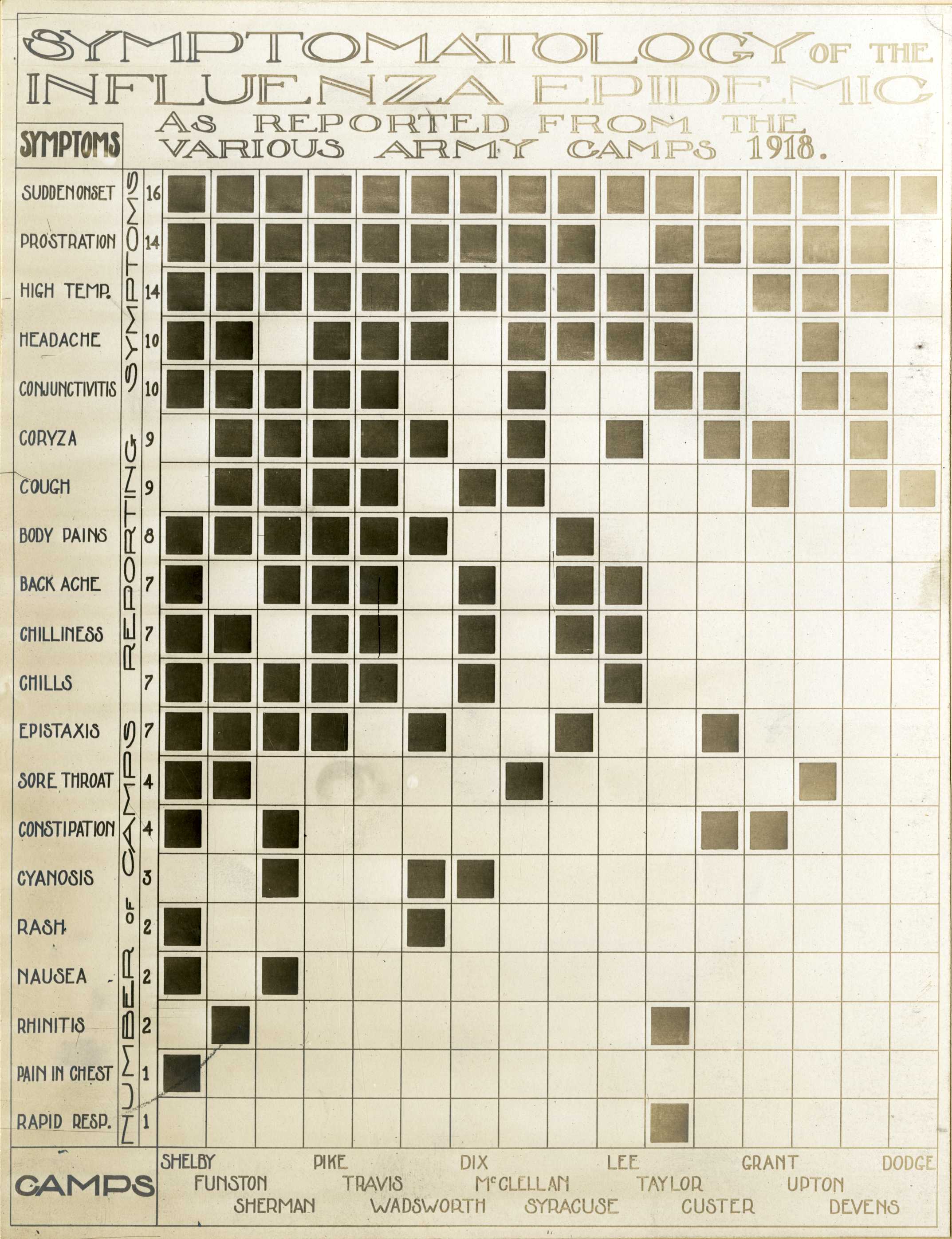
Photo from academic.microsoft.com
Incarcerated populations experience elevated burdens of infectious diseases, which are exacerbated by limited access to prevention measures. Dynamic models are used to assess the spread and control of diseases within… Click to show full abstract
Incarcerated populations experience elevated burdens of infectious diseases, which are exacerbated by limited access to prevention measures. Dynamic models are used to assess the spread and control of diseases within correctional facilities and repercussions on the general population. Our systematic review of dynamic models of infectious diseases within correctional settings identified 34 studies published between 1996 and 2017. Of these, 23 focused on disease dynamics and intervention in prison without accounting for subsequent spread to the community. The main diseases modeled in these studies were human immunodeficiency virus (HIV; n = 14, 41%), tuberculosis (TB; n = 10, 29%), and hepatitis C virus (HCV; n = 7, 21%). Models were fitted to epidemiologic data in 14 studies; uncertainty and sensitivity analyses were conducted in 8, and validation of model projection against empirical data was done in 1 study. According to the models, prison-based screening and treatment may be highly effective strategies for reducing the burden of HIV, TB, HCV, and other sexually transmissible infections among prisoners and the general community. Decreasing incarceration rates were projected to reduce HIV and HCV infections among people who inject drugs and TB infections among all prisoners. Limitations of the modeling studies and opportunities for using dynamic models to develop quantitative evidence for informing prison infection control measures are discussed.
Journal Title: Epidemiologic Reviews
Year Published: 2018
Link to full text (if available)
Share on Social Media: Sign Up to like & get
recommendations!